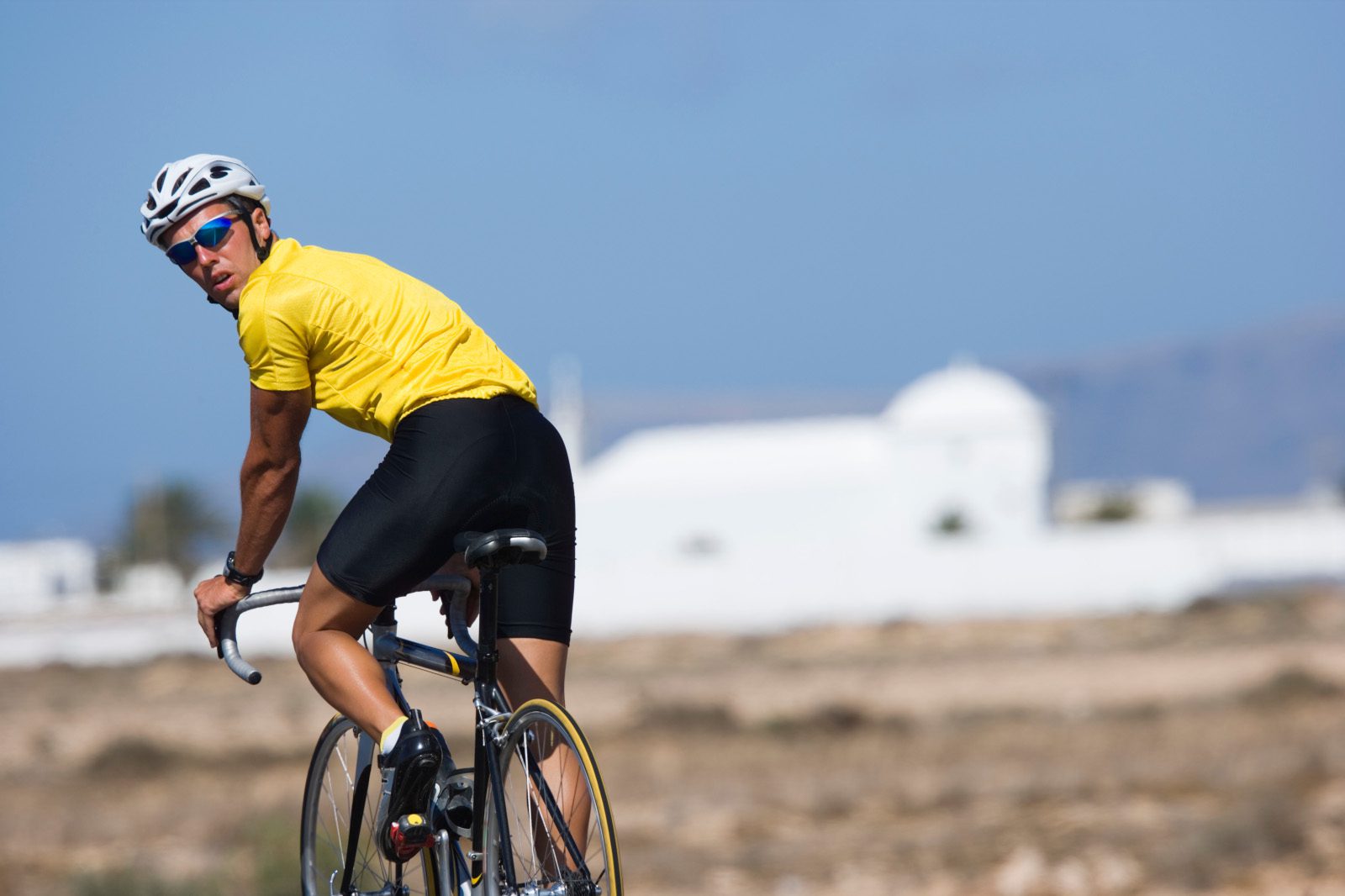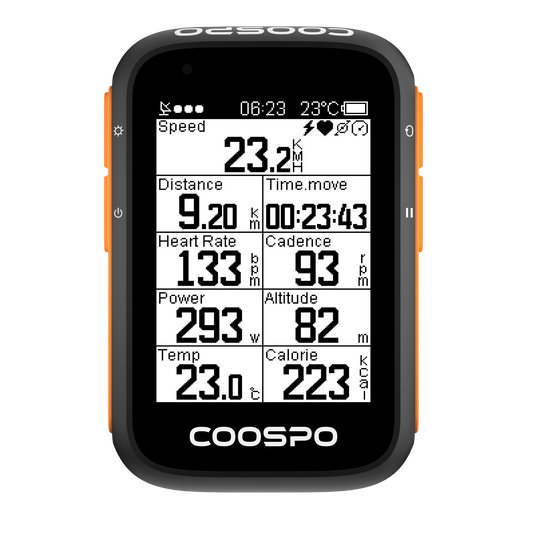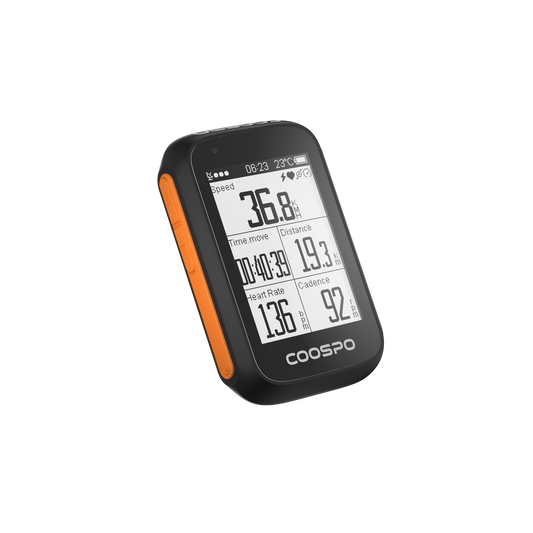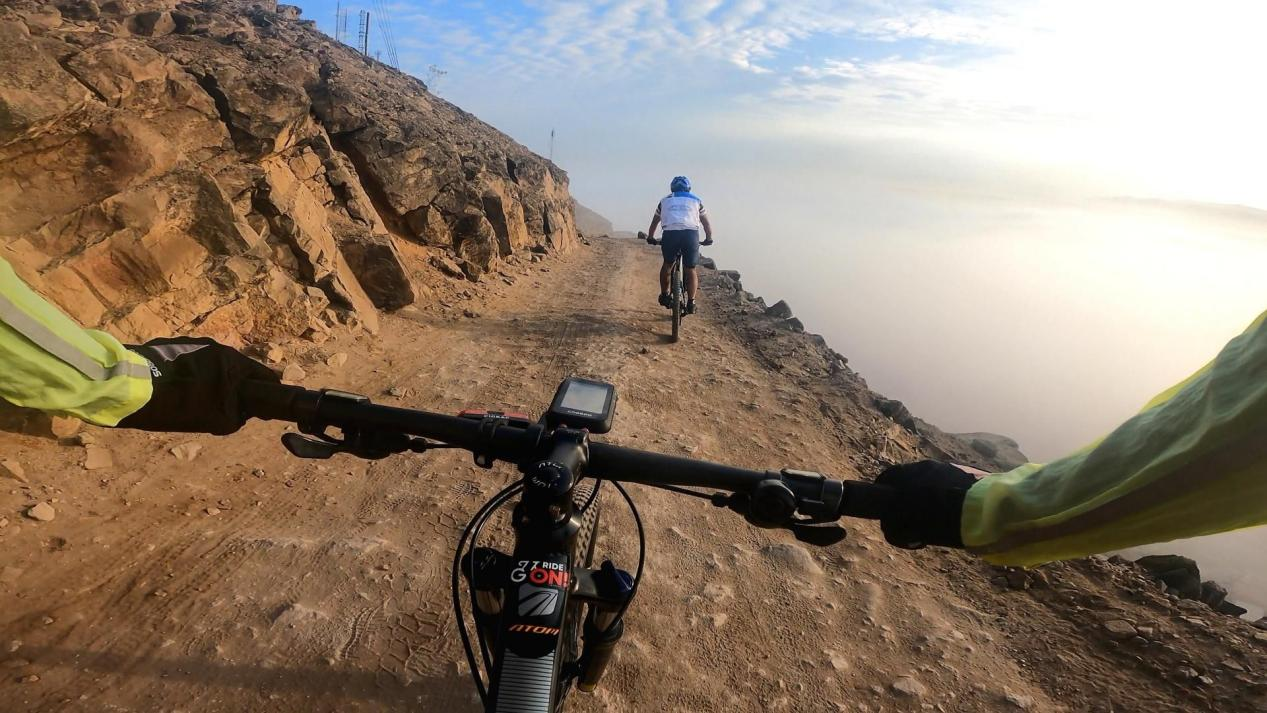Level Up Your Road Riding: 7 Skills to Boost Control and Confidence
Whether you’re new to cycling or looking to ride more confidently and efficiently, mastering a few fundamental road biking skills can make all the difference. From learning where to look to perfecting your climbing and descending techniques, these essential habits will help you ride safer, smoother, and stronger.
1. Know Where to Look
One of the most overlooked but critical cycling skills is simply knowing where to direct your gaze. According to a guide on road cycling technique, “reading the road ahead … will help you ride more efficiently without wasting energy and also avoid risks.”
Your bike and body tend to follow your eyes—so always look where you want to go. Scan the road ahead rather than fixating on one spot. Look close enough to spot debris and obstacles, but also far enough to anticipate corners, traffic, or gradient changes.

Occasionally, you’ll need to glance down to check your computer or map, but keep those moments brief. When checking behind for cars before a turn, first ensure the road ahead is clear. Then, glance over your shoulder carefully—without letting go of your handlebars.
Good riders are always scanning, predicting, and adjusting. That awareness makes every ride smoother and safer.
2. Get Comfortable With Pedals
Clipless pedals may sound intimidating, but once you get the hang of them, they’ll transform your ride—boosting efficiency and control. Here’s how to get comfortable:
Start on a safe surface.
Find a flat, open area like a quiet driveway or park path where you can practice clipping in and out without pressure.
Check your gearing.
Use a moderate gear—easy enough to start pedaling smoothly, but not so light that you spin out.
Clip in one foot first.
Position your pedal at the bottom of the stroke, clip in, then bring it up slightly forward so you can press down and roll off easily.
Look ahead, not down.
Keep your hands on the bars, covering your brakes, and focus on the road ahead—not your shoes.
Get moving.
Push off with your clipped-in foot, find your balance, and then bring your other foot onto the opposite pedal. Don’t worry about clipping in immediately—momentum is more important than perfection.
With practice, clipping in and out will become second nature.
3. Figure Out How to Corner
Cornering confidently separates smooth, efficient riders from cautious beginners. As coach Chris Carmichael says, “Look through the corner to where you want to go. Your bike goes where your eyes go.”

Key cornering techniques:
-
Look and lean: Always look through the corner to the exit—not straight down. Your body naturally follows your gaze.
-
Position your weight: Keep your outside pedal down and press into it for stability. The inside pedal should be up to avoid hitting the pavement.
-
Brake before turning: Scrub off speed before entering the corner, not during it, to maintain grip.
-
Stay balanced: Lean your bike into the turn, but not excessively—especially on wet or uneven roads.
A calm, predictive approach will help you handle every curve more safely and efficiently.
4. Smooth Out Your Starts and Stops
Smooth braking and acceleration are marks of an experienced cyclist. Your goal should be to brake proactively, not reactively.
When approaching a corner, stoplight, or descent, begin braking early and gradually. Avoid slamming both brakes at once, which can cause you to lose control or even go over the bars.
If you do need to stop quickly, apply both brakes evenly and shift your weight back to counterbalance the front-wheel force.
As you gain confidence, experiment with your brakes individually: the front brake provides most of your stopping power, while the rear brake helps modulate speed and balance. Understanding how each feels in different situations gives you better control on every ride.
5. Work on Drafting
Drafting—the skill of riding close behind another cyclist to reduce wind resistance—is essential for group rides and long-distance efficiency.
Practice with a friend.
Start with two riders: one leads, the other follows about one to one-and-a-half bike lengths behind.

Maintain the right distance.
Stay close enough to benefit from the slipstream, but not so close that your front wheel overlaps theirs. Done correctly, drafting can cut your energy use by up to 30%.
Pay attention.
Keep your eyes on the road ahead, not directly on the rider’s wheel. Listen for gear shifts or braking sounds that might signal changes in speed. If the lead rider calls out obstacles, pass those warnings down the line.
Modulate your speed.
Avoid sudden braking or surges—they ripple backward and endanger everyone. Smooth, steady pacing keeps the group safe and efficient.
Communicate.
Group riding relies on teamwork. Use clear hand signals and calm verbal cues to indicate turns, hazards, or changes in position.
6. Perfect Your Climbing Skills
Climbing brings together strength, rhythm, and patience. As coach says, “Every little grade that I go up, I’m climbing … I still try to think about my position, my shifting, my braking—I’m reinforcing the skill set.”

Gear management
Shift early and often. Avoid grinding a big gear or spinning too fast. Stay near a comfortable cadence (around 70–90 rpm), but focus more on smooth, even pedal strokes.
Body position
For most climbs, stay seated to conserve energy. Stand briefly on short, steep sections to relieve your muscles, but keep your upper body relaxed—tension wastes power.
Breathing and posture
Stay on the hoods or tops of your handlebars to keep your chest open and breathing easy. Don’t hunch too low.
Pacing
Don’t attack the base of the hill. Divide the climb into thirds:
-
First third: easy, find your rhythm.
-
Second third: moderate, maintain control.
-
Final third: hard but steady, finishing strong.
Practice drills
Find a moderate hill (4–6%) and do repeats, focusing on consistent cadence and relaxed posture. Alternate between easy climbs and short harder efforts to simulate race or real-world conditions.
Mastering climbing takes time—but every ascent makes you a stronger, more efficient rider.
7. Learn How to Descend
Descending is where confidence, control, and calm come together. Many riders fear downhills, but when done right, it’s one of cycling’s greatest joys.

Stay focused and aware
Keep your eyes on the road ahead and look toward your desired line. Skip the music—staying alert lets you hear approaching traffic or changes in surface.
Position yourself low and stable
Ride in the drops, with fingers lightly covering your brakes. The lower body position enhances stability and control. Keep your weight centered between the wheels and press gently into the outside pedal for balance in turns.
Stay relaxed
Engage your core for control, but keep your arms and legs soft—let them act as natural suspension over bumps and cracks.
Handle corners carefully
Slow down before entering a corner, not during it. On blind turns, always assume an oncoming car could be crossing the line. Enter wide, look through the curve, and let your bike naturally follow the arc.
Safety over speed
Even pros like Phil Gaimon emphasize caution: “Always remember that you’re not on closed roads. Have fun on descents, but don’t have too much fun.” Control trumps speed—every time.
Final Thoughts
Mastering these seven core road cycling skills—awareness, balance, control, and communication—will elevate every ride. Remember, confidence doesn’t come from pushing limits recklessly but from building smooth, consistent habits through mindful practice.
Using a reliable bike computer, like the Coospo CS600, can help you track your rides, monitor performance, and refine your skills over time. With real-time data at your fingertips—speed, cadence, distance, and even route maps—you’ll be able to make smarter decisions on the road and focus on improving your technique.

So the next time you clip in, look ahead, breathe steady, and let your skills guide you down (and up) every road with ease and confidence.











